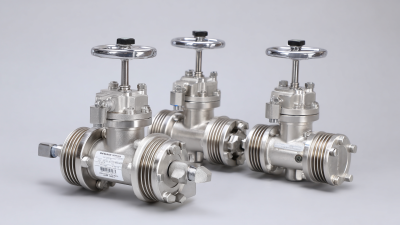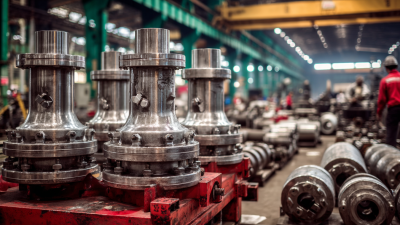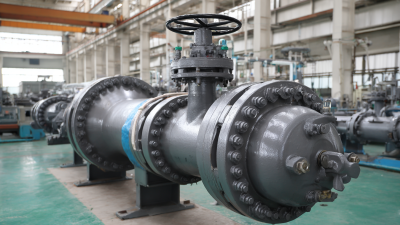+86 19720579616

+86 19720579616

 Zalo
Zalo

When selecting the appropriate Din Bellows Sealed Globe Valves for industrial applications, it is essential to consider various factors that directly influence performance and reliability. These specialized valves are designed to provide effective sealing and prevent leakage, making them ideal for environments where fluid containment is critical. In this guide, we will explore the key criteria for choosing Din Bellows Sealed Globe Valves, including material compatibility, pressure ratings, temperature ranges, and operational efficiency. Understanding these elements will not only ensure optimal valve performance but also enhance the safety and longevity of your industrial systems. Whether you are looking to upgrade existing infrastructure or design new installations, this comprehensive approach will help you make informed decisions tailored to your specific industrial needs.

When selecting Din bellows sealed globe valves for industrial applications, it is crucial to consider factors such as pressure and temperature ratings, materials of construction, and flow requirements. The pressure and temperature ratings of the valve must align with the specific needs of the application, ensuring that the valve can withstand operational conditions without failure.
Additionally, the materials from which the valve is made should be compatible with the fluid being handled, particularly in corrosive environments where the integrity of the valve is paramount.
Another important consideration is the valve size and flow characteristics. Proper sizing is essential to maintain optimal flow rates and prevent issues such as cavitation or excessive pressure drop across the valve. Furthermore, understanding the application's duty cycle and frequency of operation can help in determining the best bellows sealed globe valve to ensure reliable performance and longevity.
By carefully evaluating these key aspects, industrial operators can select the right Din bellows sealed globe valve to enhance efficiency and safety in their processes.
When selecting a DIN bellows sealed globe valve for industrial applications, material compatibility is a critical factor that cannot be overlooked. The valve's ability to withstand various environmental conditions, including temperature fluctuations, pressure changes, and exposure to different fluids, depends largely on the materials used in its construction. For instance, materials like stainless steel might be suitable for corrosive media, while brass may be adequate for less aggressive substances. Understanding the chemical properties of the fluids your system will handle ensures that the valve will maintain integrity and performance over time.
Moreover, the compatibility of the valve materials with the operational media affects the longevity and reliability of the equipment. Incompatible materials can lead to premature wear, leaks, or even catastrophic failure, emphasizing the need for thorough assessment during the selection process. It's essential to consult chemical compatibility charts and manufacturer guidelines to confirm that the selected materials align with the specific requirements of your pipeline system. Prioritizing material compatibility not only enhances safety but also contributes to lower maintenance costs and reduced downtime, ultimately improving overall operational efficiency.
| Valve Size (DN) | Material Compatibility | Temperature Rating (°C) | Pressure Rating (bar) | Application Type |
|---|---|---|---|---|
| 15 | Stainless Steel | -20 to 120 | 16 | Water & Steam |
| 25 | Bronze | -10 to 150 | 10 | Oil & Gas |
| 50 | Carbon Steel | -20 to 200 | 20 | Chemical Processing |
| 100 | PVC | 0 to 60 | 6 | Wastewater |
When selecting a DIN bellows sealed globe valve for industrial applications, evaluating pressure and temperature ratings is crucial for ensuring optimal performance and longevity. According to a recent report by the Valve Manufacturers Association (VMA), over 40% of valve failures in the field are attributed to improper ratings leading to circumstances beyond their operational limits. Therefore, it is essential to consult the manufacturer’s specifications, which typically include pressure ratings that conform to standards like ASME B16.34, and temperature limits defined by the valve materials and design.
In a study conducted by Frost & Sullivan, it was found that valves operating in high-pressure and high-temperature environments—such as oil and gas sectors—demonstrate a significant increase in operational efficiency when properly matched with their rated capacities. For instance, globe valves with bellows seals can maintain integrity under pressures exceeding 250 bar and temperatures up to 400°C, providing enhanced reliability where traditional options might fail. This makes it imperative for engineers to evaluate the specific working environment and select valves that not only meet but exceed the expected operational demands.
When selecting a din bellows sealed globe valve for industrial applications, understanding flow requirements and valve sizing is critical for ensuring efficient operations. Start by evaluating the specific flow conditions, including the type of fluid, temperature, and pressure. This information helps determine the appropriate valve size, as an undersized valve can lead to excessive pressure loss, while an oversized valve may result in poor control and inefficiencies.
**Tips:** Always refer to manufacturer specifications for flow rates and sizing guidelines. Utilize flow calculation software to model your system's performance accurately, which can assist in identifying the right valve size and design for your operational needs. Additionally, consider the valve's Cv rating, which reflects its flow characteristics, allowing you to make an informed decision.
Next, assess the installation requirements of the valve. The layout of your piping system may influence the choice of valve size and type. Ensure that the valve can accommodate easy access for operation and maintenance. Also, anticipate future expansion needs by selecting a valve that offers flexibility beyond your current requirements.
**Tips:** Checking compatibility with existing piping and pressure ratings is essential. Collaborate with engineers or valve specialists to ensure proper selection and alignment with operational goals, maximizing both efficiency and lifespan of your system.
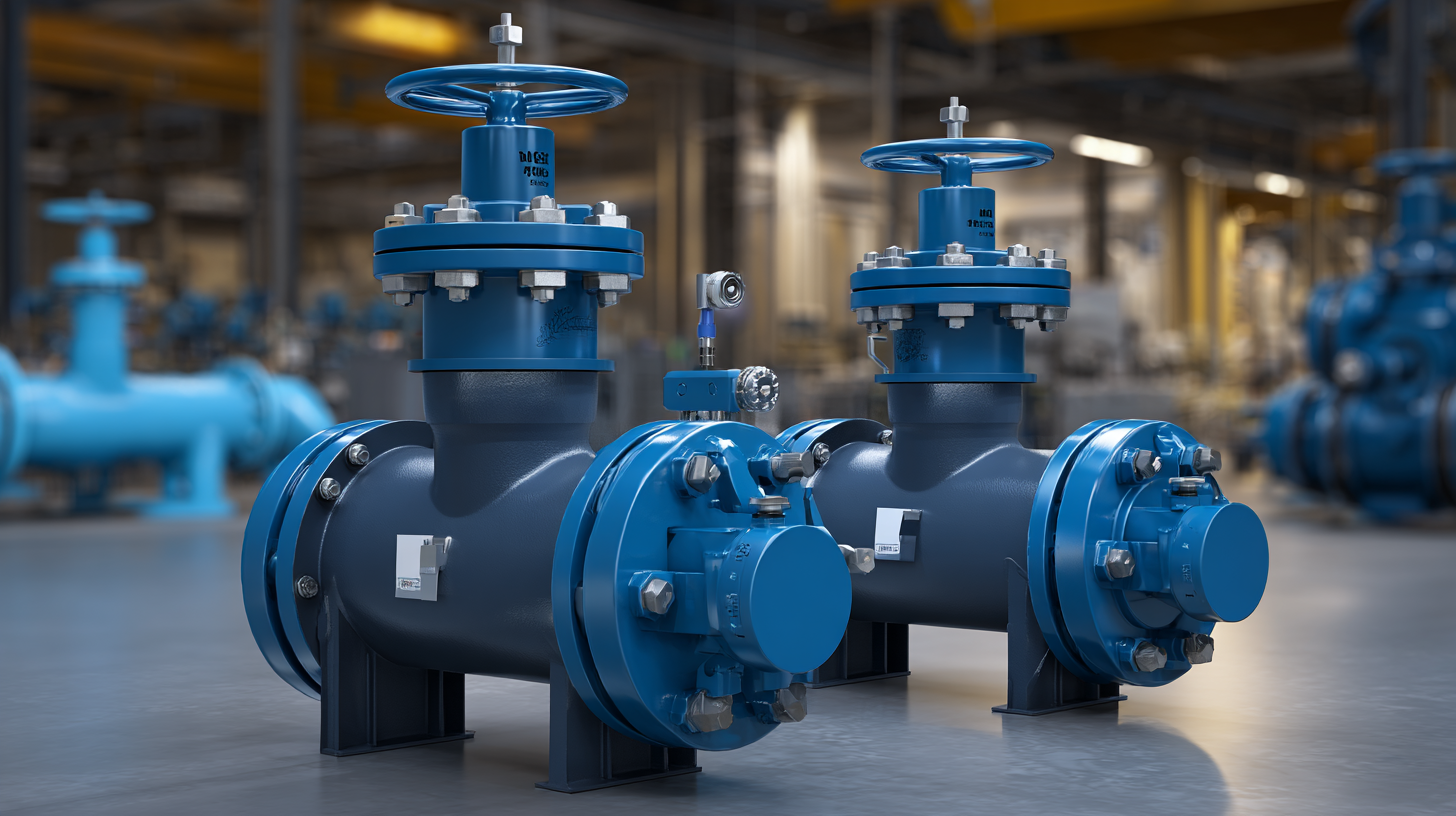
When selecting the right din bellows sealed globe valve for industrial applications, understanding maintenance needs and longevity factors is crucial. Specifically, the choice between materials such as titanium and stainless steel can significantly affect the valve's lifespan and upkeep. Titanium, known for its corrosion resistance and strength, may offer enhanced durability in aggressive environments.
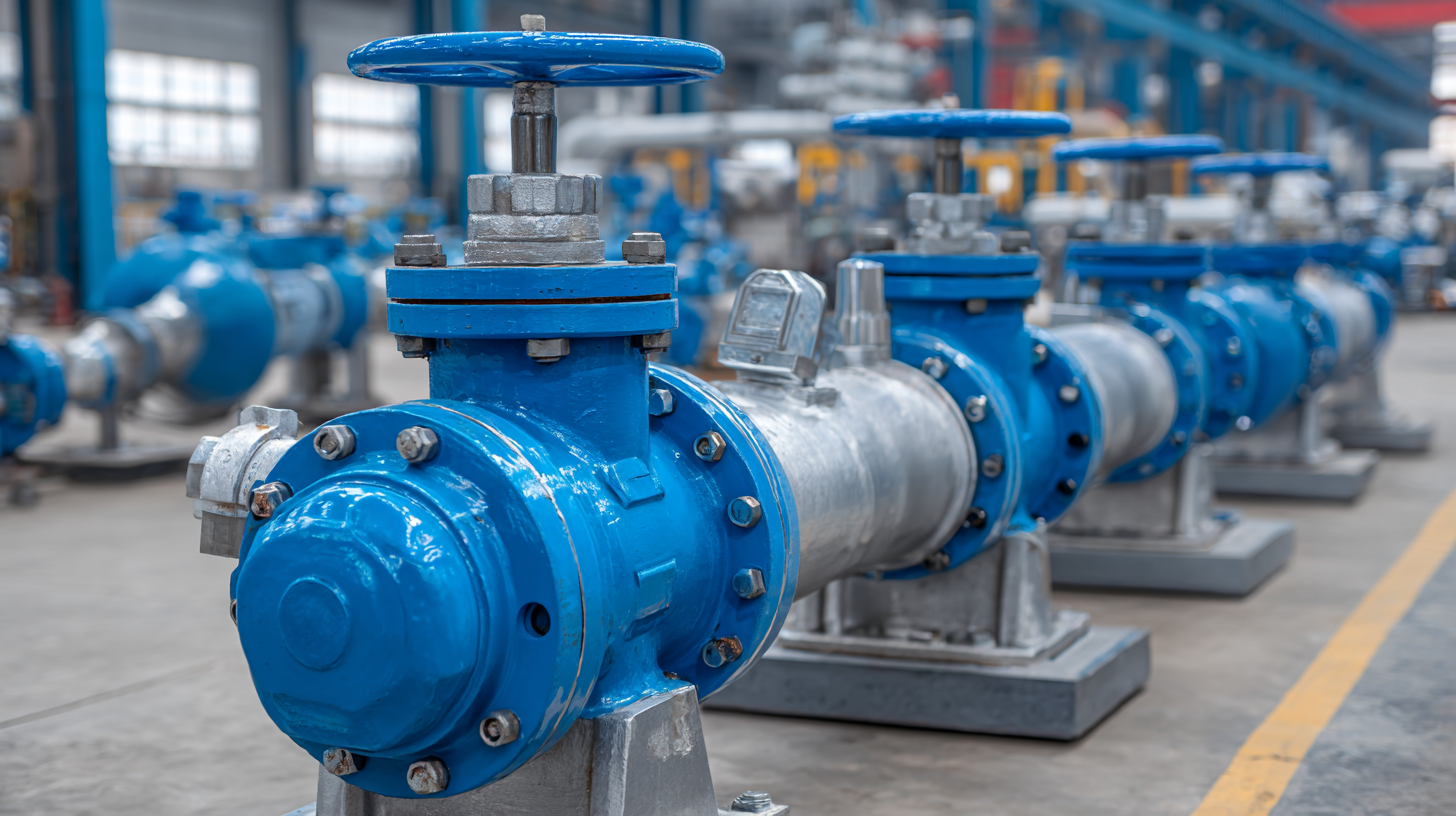 Conversely, stainless steel valves are widely used due to their cost-effectiveness and versatility, but they may require more frequent maintenance in corrosive conditions.
Conversely, stainless steel valves are widely used due to their cost-effectiveness and versatility, but they may require more frequent maintenance in corrosive conditions.
Moreover, the operational context of the valve plays a vital role in its longevity. For example, while bioprosthetic heart valves have gained popularity due to their performance in specific medical applications, the degree of degeneration over time is an important consideration. Similar principles apply in industrial settings, where the right valve material and design can lead to fewer maintenance interventions and longer service life. Thus, weighing these factors is essential for ensuring an efficient and reliable valve selection that meets both operational and maintenance requirements.
